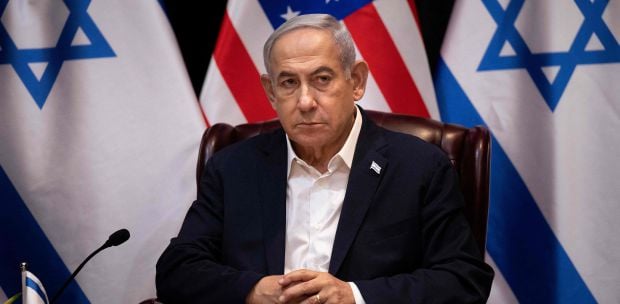IN the autumn of 1993, we were in a car, southbound towards Sioux Falls from Brookings, South Dakota. I was the driver, and with me were three fellow Malaysians who were students at South Dakota State University (SDSU). I was a lecturer on contract with SDSU after completing my doctorate.
About 15 minutes before the intersection exit to Sioux Falls, a male Caucasian overtook us in his car and then appeared to deliberately jam his brakes in front of my vehicle in a dangerous manner. He then deliberately slowed down. Initially, we were startled, but we managed to overtake the vehicle. Again, he overtook my vehicle and jammed on his brakes like earlier. This time I decided to step on the accelerator and drive on. As we were passing him, the person next to me showed his middle finger at the other driver, and I hooted continuously. Eventually, we managed to lose him.
Suddenly, as we were approaching the intersection, we could hear the sound of police sirens and could see the flashing beacon lights from at least eight marked and unmarked police cars. I slowed down and warned the others that the police might be conducting a felony stop and that the occupants in the vehicle may be armed and dangerous and police must approach cautiously with firearms drawn. I reminded the others to follow their orders and that if we didn’t, we would risk being shot.
I pulled over to the curb under the flyover intersection. Sirens were shut off but the flashing lights were still on. The police cars blocked all exits and prevented any vehicle from entering the intersection. As we sat still in the vehicle with windows open, we could hear shotguns and handguns being cocked by the police officers who were strategically standing beside their vehicles.
Then, the nearest police vehicle with two officers slowly approached my car. He stopped about three to six metres away. The other one stood behind his car and, with a microphone, gave specific instructions for us to exit our car one by one. The other officer took aim at our vehicle with his shotgun. Fifteen metres away or so, we could clearly see the other officers pointing their weapons at us.
The first instruction was for me to switch off the engine and to use one hand to drop the car keys outside the vehicle, with the other hand on the steering wheel. The others were told to put both their hands outside their respective windows and stay still. I was then told to open my door with one hand, and the other hand sticking out of the window. Then, I was told to slowly walk backwards to the boot of my car and place my hand on the boot with my legs spread out.
By then, a few more officers had come closer, with their weapons still pointed at us. One of them roughly patted me down. He then instructed me to pull my wallet out from my rear pants pocket. He seemed shocked to see a SDSU staff card in my wallet. SDSU is a state university, and therefore, I am classified as an employee of the state government. I asked his permission to ask him a question and he agreed. I asked him if this was a felony stop and he said “yes”. He then instructed me to turn around and stand away from the vehicle while under the watchful eyes of another armed police officer. My fellow Malaysians had to go through the same process. All complied without resisting.
After the search, we were told that they had received a complaint that four Latin-like foreigners were waving firearms at a lone Caucasian driver. During this period, there were problems with dangerous armed Latino gangs in the region and we “fitted” the profile. Of course, the police were apologetic and told us to file a report against the Caucasian man for lodging a false report. Most importantly, I told my fellow Malaysians that the police were trained professionals and were not trigger-happy, or else we would have been shot.
Police officers at any time may be faced with potentially dangerous situations which may pose a risk to themselves and others. In the course of their duties, they may encounter individuals or groups who are armed and dangerous. Indeed, they may face the dilemma of what to do in such situations. They must quickly and accurately determine whether an individual they confront may be holding a dangerous weapon, like a gun, or an innocuous object, such as a mobile phone. A split second decision — to shoot or not to shoot — has to be made and this can have life or death consequences for both the police and the public. If the officer decides that an armed individual is not holding a gun, and the police officer does not react appropriately, he may risk being shot. But if he makes a hasty decision that the unarmed individual is holding a gun, and shoots him, the public is placed at unwarranted risk.
P. Sundramoorthy, Research team on crime & policing, School of Social Sciences, Universiti Sains Malaysia





